#Grave Field Gettlinge
Photo

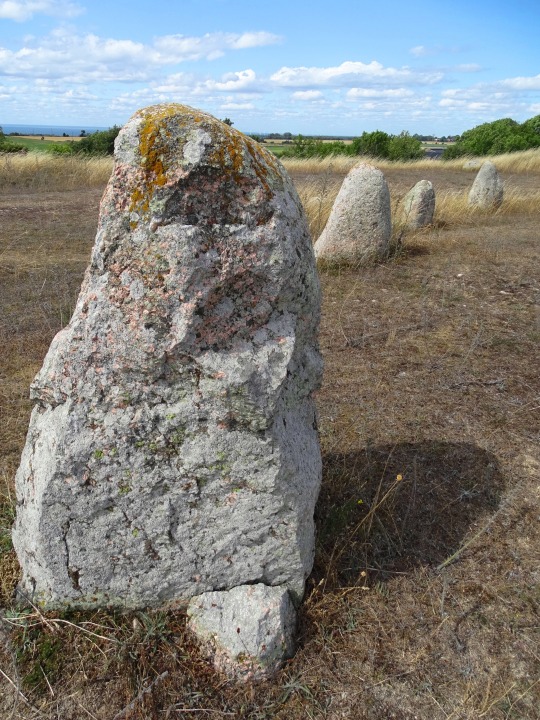
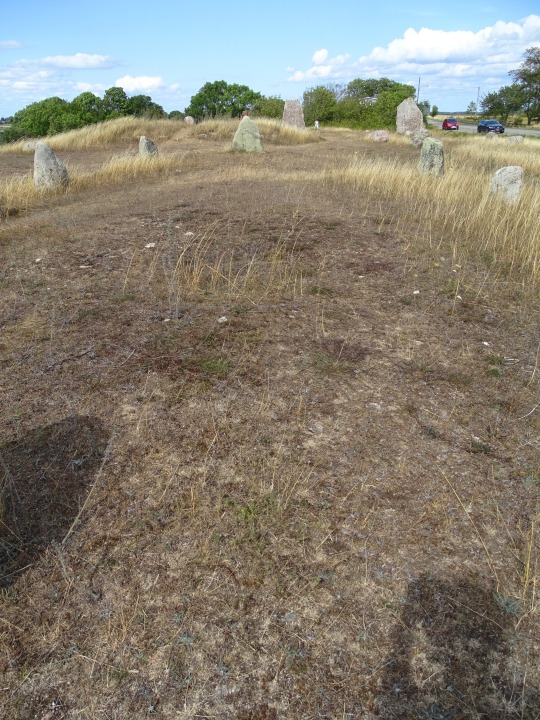
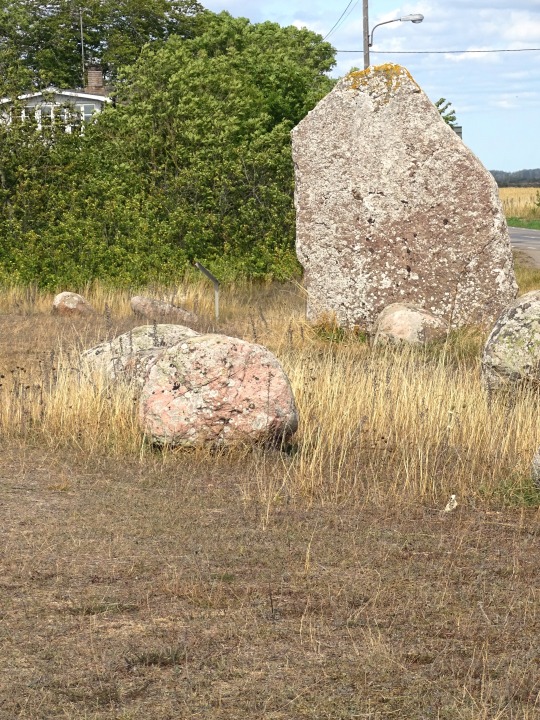
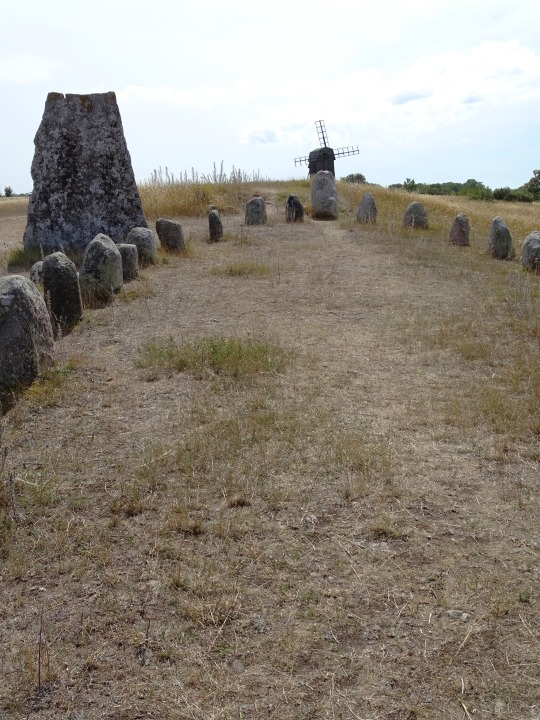
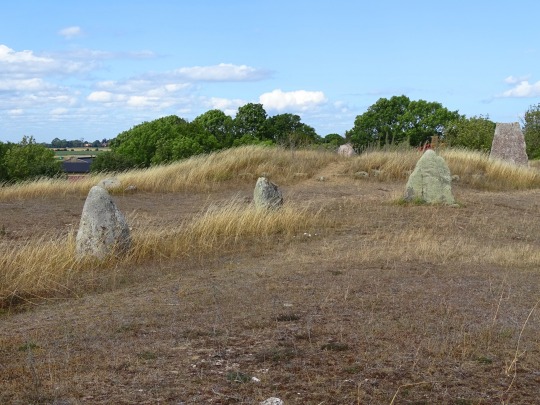


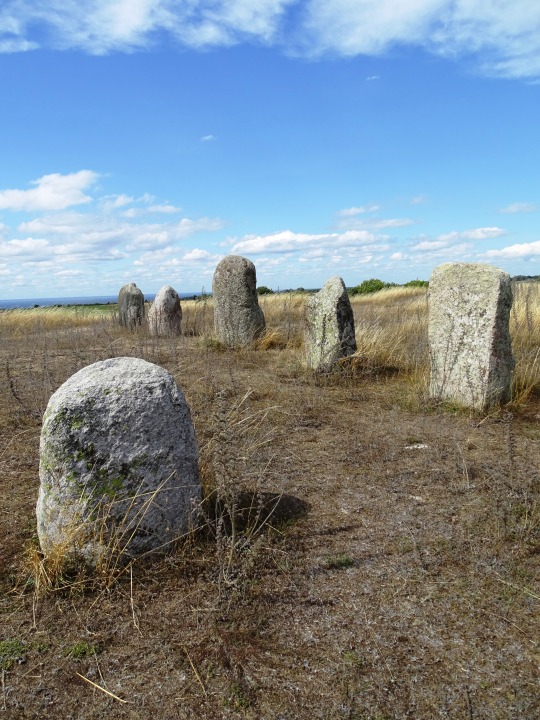

Grave Field Gettlinge, Sweden (No. 5)
Gettlinge burial ground is an ancient monument in Södra Möckleby parish on southern Öland. The burial ground is one of the largest on Öland, with a length of almost two kilometers. It is located along the island's western road between the villages of Gårdstorp, Gettlinge and Klinta.
The burial ground was described by historian Johannes Haquini Rhezelius in his "Monumenta runica", from 1634. He drew of the ship's setting in his travel diary. Carl Linnaeus examined a tomb in 1741. The landscape depicter Abraham Ahlqvist wrote about the place in 1825. He was particularly interested in the two three-metre-high stones in Klinta.
The line of prehistoric cultural remains begins north of Gettinge village. Many have been destroyed by quarries or by treasure seekers. In the burial ground there were about 250 graves. Today, more than 200 remain. Most of them are stone settings from the Late Bronze Age and Iron Age. In square or round stone circles, stone coffins with unburned skeletons have been found. The northern part of the field is most diverse. The large limestone slabs there have been erected to mark the significance of the site. On an impressive, 30-meter-long ship's settlement, which consists of 23 erected granite blocks next to each other, there are about twenty bowl pits. Bowl pits are a recurring motif on stones from the Bronze Age.
Around 1900, 15 graves were examined in Gettlinge. They were only men's graves, some contained weapons but most were looted. The best preserved tomb consisted of ten limestone slabs and a double layer of covering stones. The deceased had been laid in the grave along with his dog, two spears, a shield and spurs. This tomb form is from the first century after Christ. The burial ground was utilized for 2000 years from 1000 BC to 1050 AD.
On the west side of the island there are several burial grounds. The largest, with about 300 graves, is located in Ås at Ottenby. Another large field is located at Mysinge.
Source: Wikipedia
#Grave Field Gettlinge#Viking stone ship burial ground#Nordic Bronze Age#Route 136#Stora Alvaret#landscape#countryside#Kalmar Strait#Sweden#Kalmar County#stone#lichen#flora#meadow#original photography#travel#vacation#summer 2020#tourist attraction#landmark#free admission#Sverige#Scandinavia#Northern Europe#windmill#archaeology
27 notes
·
View notes
Photo

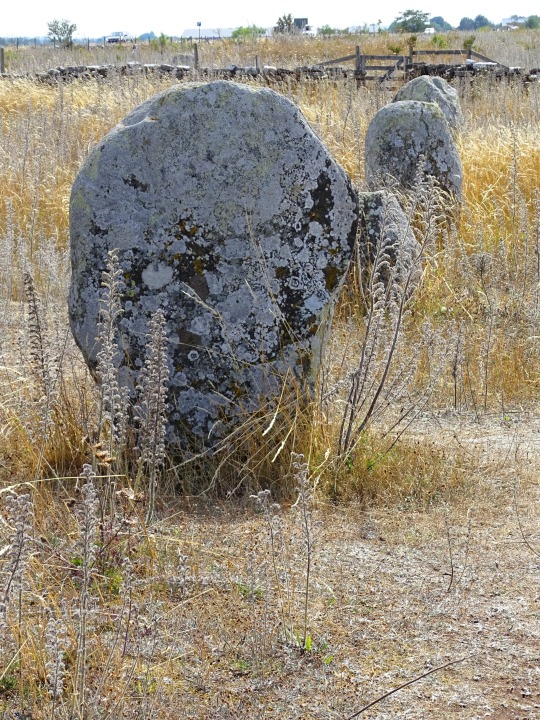

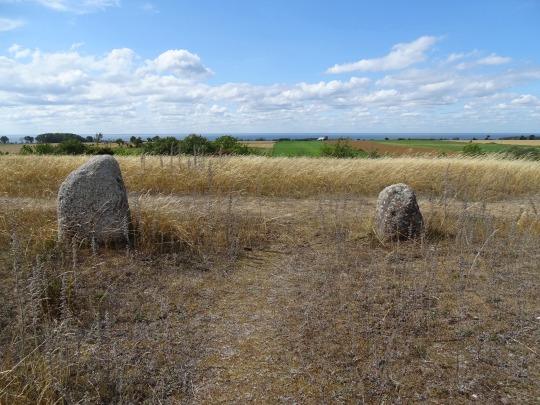
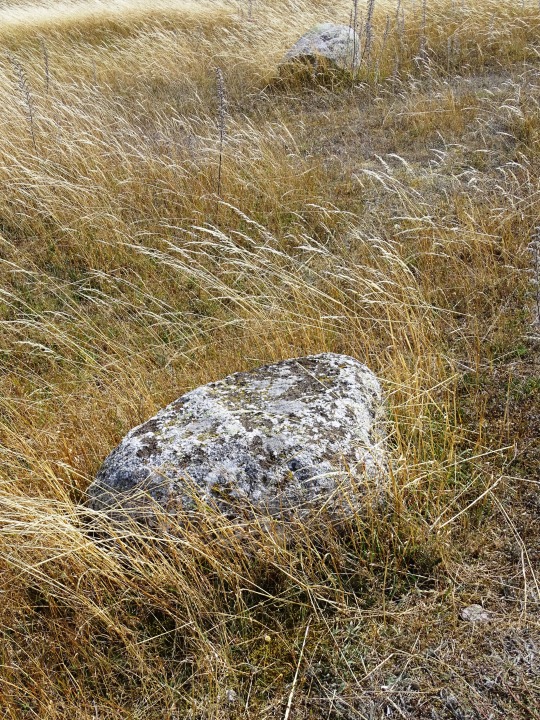


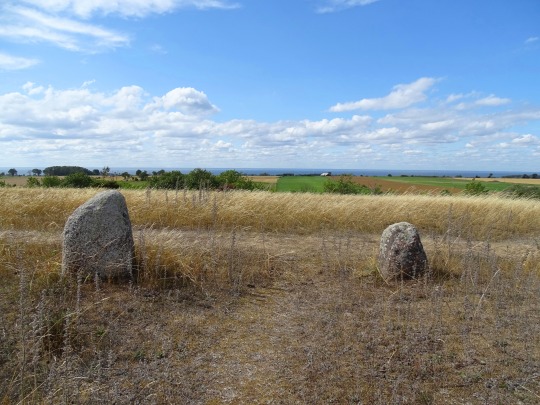


Grave Field Gettlinge, Sweden (No. 3)
The earliest settlers in Öland built early Stone Age wooden huts; the best examples of such excavated prehistoric dwellings are found a few miles to the east present village of Alby. Archaeological excavations conducted over a period of years in the latter 1900s have revealed evidence of bear, marten, seal and porpoise, but also elucidate Mesolithic hunting and gathering technologies through discovery of bone spears, elk antler harpoons and flint. These earliest inhabitants would have crossed the Kalmar Strait from the mainland toward the end of the last ice age, before the glacial cap had fully melted, and thus provided an ice bridge. The settlements of the Stone Age are key resources on Öland that led to the UNESCO designation of the Stora Alvaret as a World Heritage Site.
The principal evidence of life in the Gettlinge area from 1000 BC to 1000 AD is derived from the gravefields themselves. The Gettlinge Gravfeld is situated near the coast highway and contains some Bronze Age barrows as well as the more prominent stone ship burials, making it one of the largest gravefields on Öland. These burials span the late Bronze Age, Iron Age and Viking Age. Some of the individual standing stones are thought to predate the Viking era. Numerous artifacts have been recovered from gravefields elsewhere on Öland, including bronze chains and a bone needle case.
Viking graves have also been found at the Hulterstad Gravefield as well as the extensive Strandvalle Gravfeld, both on Oland. These findings imply that Gettlinge was a link within a chain of Viking settlements concentrated on the southern coasts of Öland, although most Viking settlements were actually found on the southeast of Öland having better access to the open sea.
Source: Wikipedia
#Grave Field Gettlinge#judge circle#Viking stone ship burial ground#vacation#Nordic Bronze Age#Stora Alvaret#Kalmar County#Öland#flora#meadow#landscape#countryside#tourist attraction#landmark#archaeology#travel#Swedish history#Sweden#Sverige#Scandinavia#Northern Europe#summer 2021#grass#free admission#Kalmar Strait#Baltic Sea#Kalmarsund#stone
3 notes
·
View notes
Photo



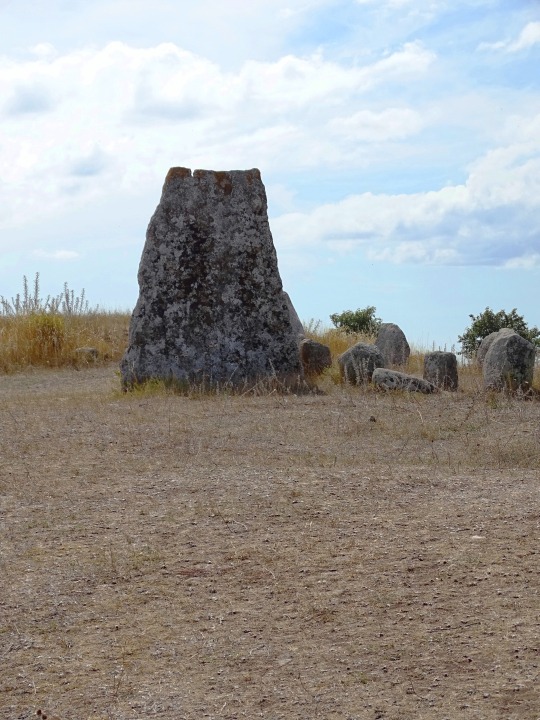
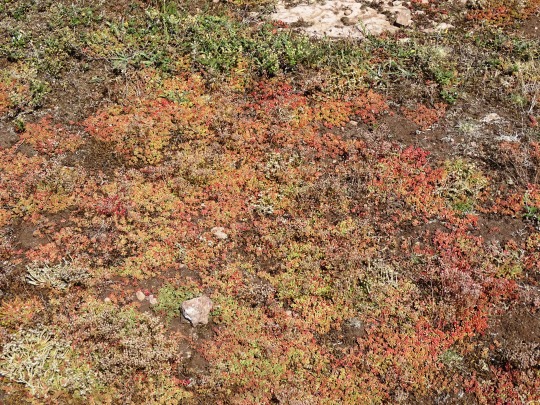
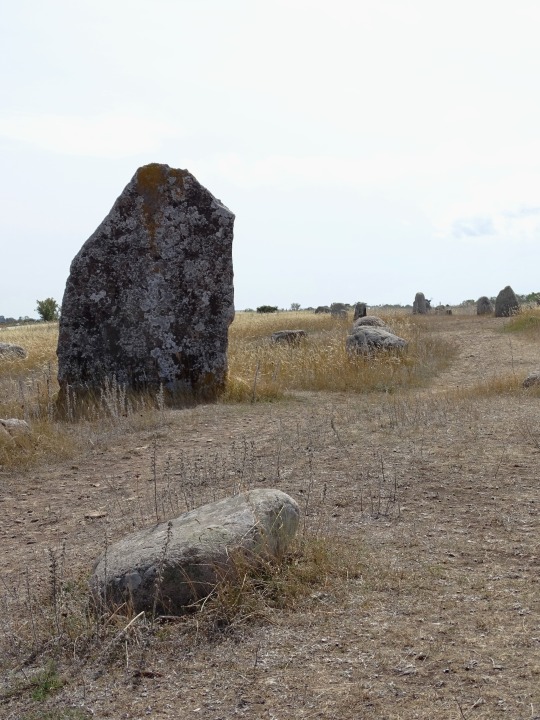

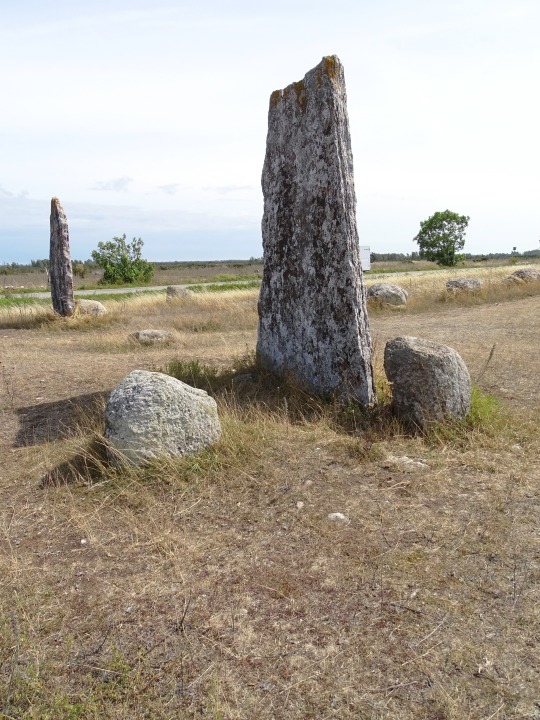


Grave Field Gettlinge, Sweden (No. 1)
Gettlinge is a village in the southwest portion of the island of Öland, Sweden. It is known for its impressive Viking stone ship burial ground. Gettlinge is situated on the western fringe of the Stora Alvaret, a World Heritage Site designated by UNESCO. The site is readily visible from the perimeter highway, Route 136. Gettlinge, as most prehistoric burial sites on Öland, is established on the low-lying ridge, described by Hogan as a geological formation of thickened soil in this alvar region of otherwise extremely thin soil mantle. This ridge was one of the few places on the southern part of the island that had sufficient soil depth for creation of burial mounds.
Situated at the fringe of the Stora Alvaret, the Gettlinge site and environs contains a number of rare and endangered species of both plants and animals, but most of these species are seasonally blooming wildflowers that flower in the late spring and summer. Beneath the soil layer where burials are placed is an extensive limestone formation, which is the source of most of the local building materials, which has supported drystone construction since medieval times. The standing stones of the Viking ship itself are granite, which moraine materials were pushed here from the mainland by ice age glaciers.
Source: Wikipedia
#Klinta gravfält#Grave Field Gettlinge#Viking stone ship burial ground#Sverige#Stora Alvaret#landscape#countryside#flora#grass#tourist attraction#landmark#wind mill#free admission#Öland#Kalmar County#island#travel#summer 2020#original photography#Swedish history#archaeology#vacation#prehistoric burial site#Bronze Age#Route 136#Scandinavia#Northern Europe
2 notes
·
View notes
Photo
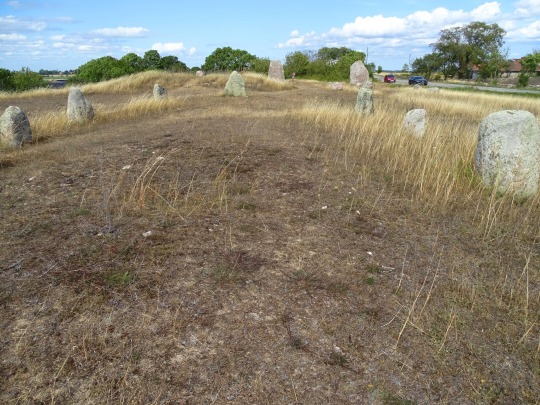



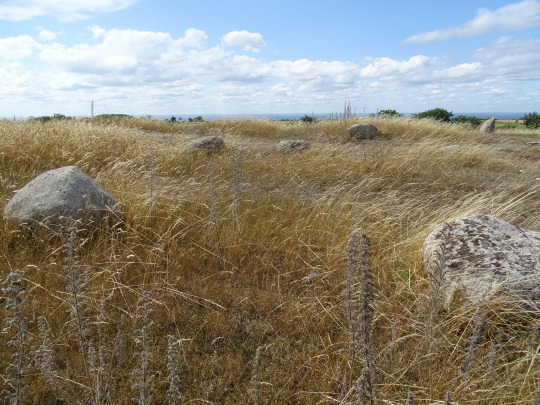




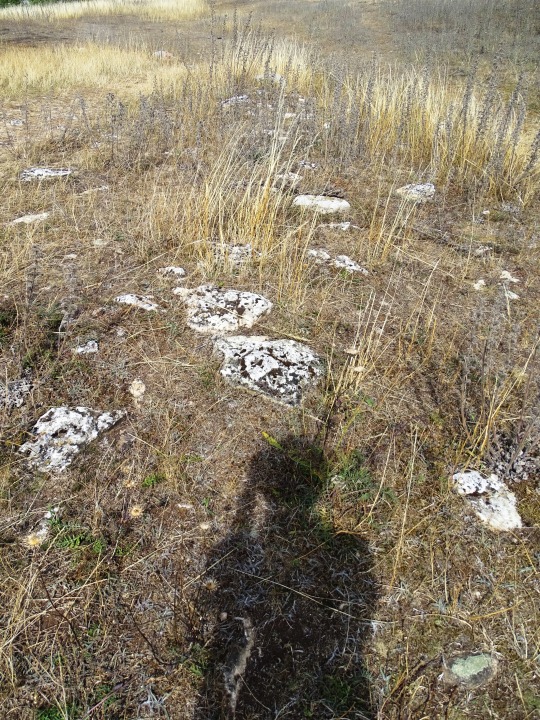
Grave Field Gettlinge, Sweden (No. 4)
The first scientific study of the biota of the Stora Alvaret occurred in the year 1741 with the visit of Linnaeus to Öland. Linnaeus described this unusual ecosystem: "It is noteworthy how some plants are able to thrive on the driest and most barren places of the alvar". Some relict species from the glacial age are among the flora palette of the Stora Alvaret. A wide variety of wildflowers and other plants are found on the limestone pavement ecosystem. Some of the species found include stonecrop, dropwort, Artemisia Oelandica (endemic to Öland), Common spotted orchid and kidney vetch. Most of these wildflowers bloom from May to July.
Numerous grasses are found on this alvar including Meadow Oat-grass and Sheep's Fescue; as would be expected from the occurrence of orchids, many fungi grow on the Stora Alvaret such as Hygrocybe persistens and Lepiota alba. The alvar here is known for its severely dry conditions, evidenced by the dried appearance of ground cover and grasses in the photos.
Source: Wikipedia
#Grave Field Gettlinge#Nordic Bronze Age#Viking stone ship burial ground#Stora Alvaret#nature#flora#wildflower#grass#stone#lichen#travel#free admission#landscape#countryside#tourist attraction#landmark#vacation#original photography#Öland#Swedish history#Sweden#Sverige#Scandinavia#Northern Europe#Kalmar County#Route 136#Kalmar Strait
1 note
·
View note
Photo

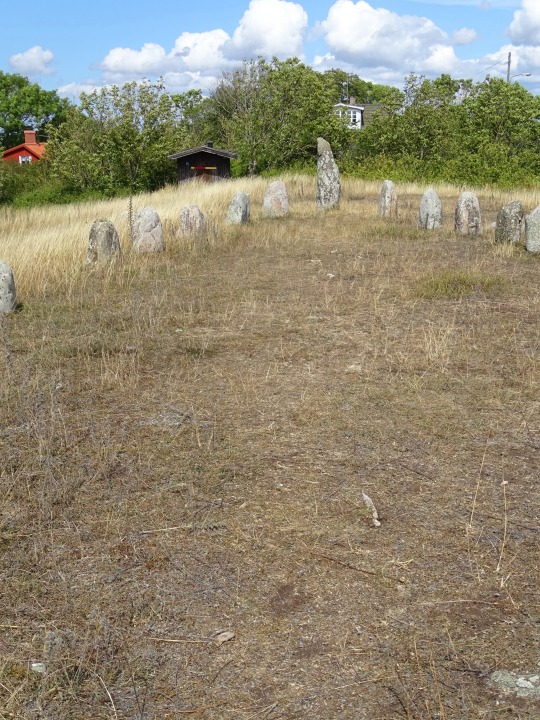
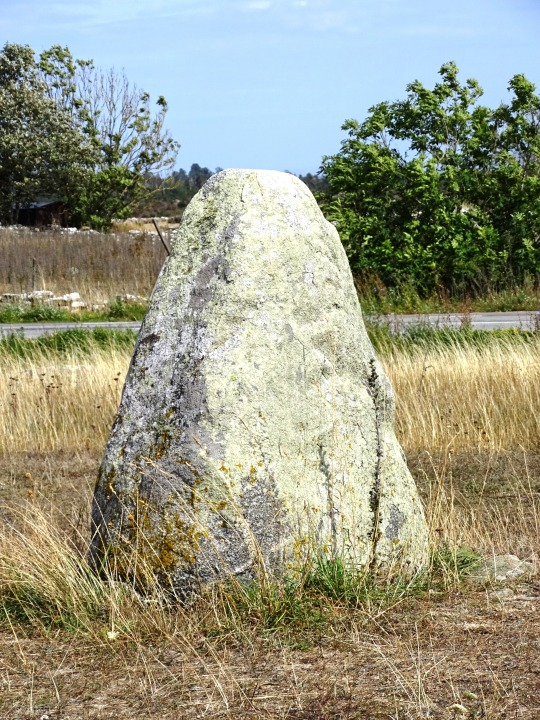
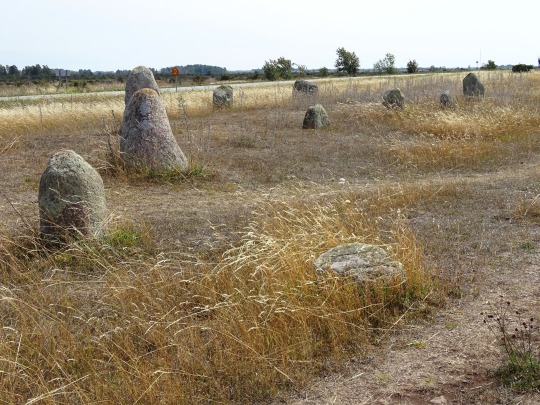






Grave Field Gettlinge, Sweden (No. 2)
At Gettlinge as for much of the island of Öland, bedrock layers are primarily Ordovician limestone that dates to at least 600 million years ago. Most of the limited supply of topsoil was created from glacial grinding of the limestone bedrock, which action created the nearly flat alvar formation. It was the end of the last ice age which led to uplift, creating the landform that is now the island of Öland.
The village of Gettlinge, as well as the precursor civilizations from Stone Age to medieval time, is primarily developed on a narrow low-lying ridge running north/south parallel to the Baltic coast. This ridge is the only place (except for beach sands) along the southwestern coast that soil extends more than the two centimeter maximum of the Stora Alvaret. The ridge was formed by wave action during the post-Ice Age uplift. Therefore, this thicker soil layer provided the only hospitable place for building foundations, burial grounds and agriculture.
Source: Wikipedia
#Grave Field Gettlinge#Nordic Bronze Age#landscape#countryside#flora#Stora Alvaret#meadow#original photography#free admission#archaeology#Swedish history#Öland#Kalmar County#tourist attraction#landmark#Sverige#Sweden#Scandinavia#Northern Europe#summer 2020#vacation#travel#Route 136#judge circle#island#Viking stone ship burial ground#wildflower#stone
1 note
·
View note
Photo


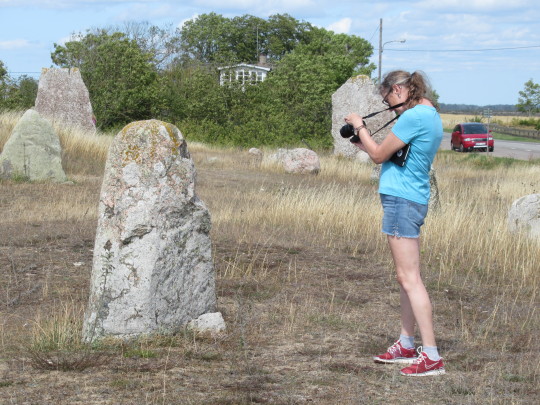




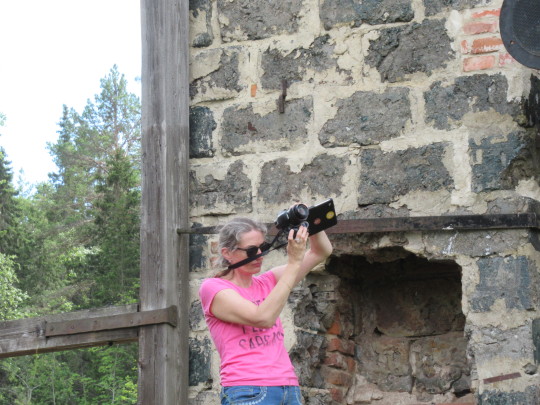
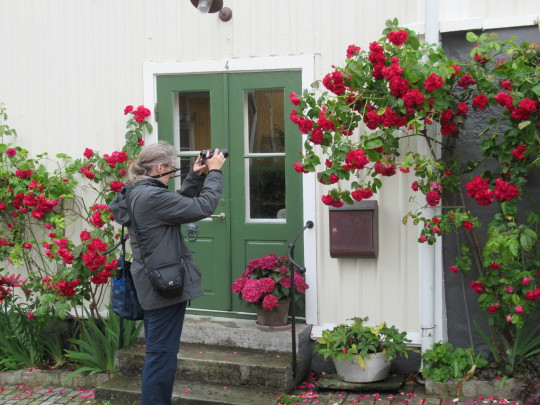
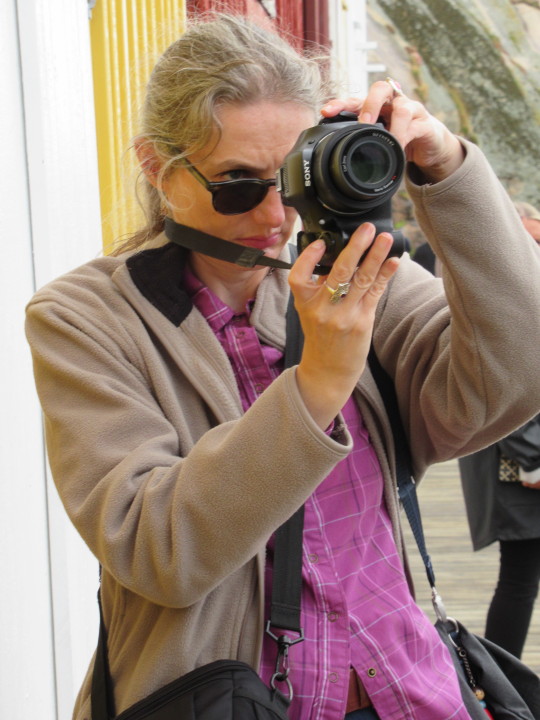
World Photo Day/World Photography Day
The soft click of the camera, a flash of light and a moment in time captured forever. Maybe digitally, maybe on film, the medium is never as important as the memory or moment caught. A group of people, a sunset, or even a fish jumping out of the water, a photograph is a way to feel the emotion and context of that exact moment. Celebrate that, on this picturesque Photography Day!
History of Photography Day
The photograph originally was made by Nicéphore Niépce, using silver chloride coating a piece of paper. However, the photo would eventually turn fully dark as he knew no way to remove the silver chloride from the paper to preserve the photo. Photographs got better and better over the years, first with the ‘still camera’, and the ability to take a picture that way. Think the old west in America, and that camera’s differences to the ones of World War 2, then compare them to modern cameras. The major jumps in technology affected photography as much as any other facet of life around the world. With Kodak, Canon and so many other brands out there, it was of no surprise when the market of photography got such a jump, even more so with the military and surveillance capabilities offered as cameras got better, lighter and more easily used. Yet for all the innovation and creativity, science and even the large amount of art that occurs in the photography realm, not much can beat the simple pleasure of snapping photos and developing your frames to enjoy the integrity of the photos.
Source
#Lisbon#Portugal#Atlantic Ocean#2021#vacation#travel#Schweden#summer 2020#original photography#Ismantorps fornborg#Borgholm Castle#Grave Field Gettlinge#Tyresta National Park#World Photo Day#WorldPhotoDay#World Photography Day#WorldPhotographyDay#19 August#cityscape#landscape#tourist attraction#landmark#Öland#Norrköping#Molkomssjön#Marstrand#Smögenbryggan#Galtströms Bruk & Herrgård AB
0 notes
Photo

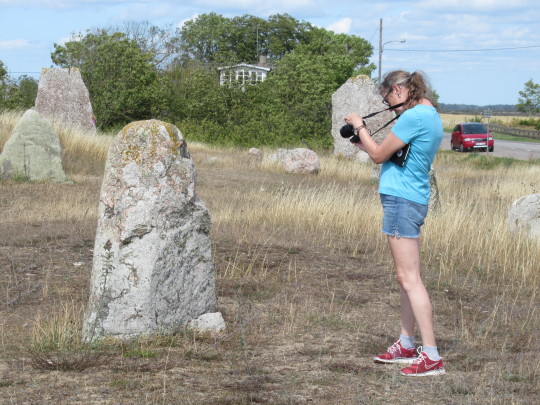




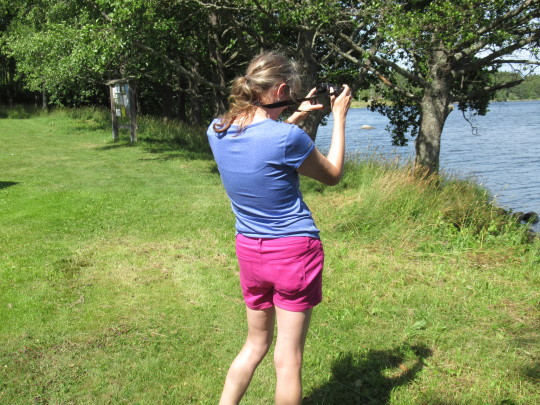

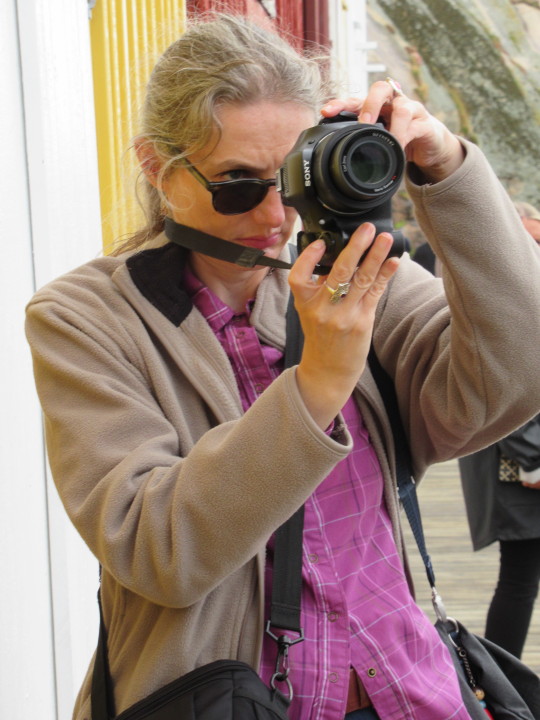

National Camera Day
There is no better day than Camera Day to snap some photos during your lunch hour, on your commute to work, or whenever a moment of inspiration strikes. Cameras and photography have developed substantially over the years, from its early roots with the French inventor Joseph Niépce right up to modern day digital photography.
Joseph Niépce was a French inventor; he is most noted as one of the inventors of photography and was a pioneer in the field. He developed the heliograph; a technique used to produce the world’s first known photograph in 1825, the view from the window at Le Gras the families estate.
In 1839, Louis Jacques Daguerre took the first fixed image that didn’t fade. He is recognized for his invention of the daguerreotype process of photography. He became known as one of the fathers of photography. His method required 30 minutes of exposure. He named the process – the Daguerreotype. Tintypes were developed in 1856 by Hamilton Smith and decades later, George Eastman invented flexible and unbreakable film that could be rolled. This was the birth of the first Kodak that was offered for sale in 1888.
In 1925 the Leica I went on sale, the Leica’s immediate popularity spawned a number of competitors. Kodak released its Retina I in 1934 though 35 mm cameras were still out of reach for most people things would soon change with the introduction of the inexpensive Argus A in 1936. The Japanese camera industry began with the birth of Canon in 1936 with its 35 mm rangefinder. Japanese cameras would soon become incredibly popular in the West after the Korean War as veterans and soldiers stationed in Japan brought them back to the United States.
While conventional cameras were becoming more refined and sophisticated, an entirely new type of camera appeared on the market in 1948. While TSLR and SLR were still the rage this new camera would change the way people would capture memories. This was the Polaroid, the world’s first instant-picture camera, no development needed. Known as a Land Camera after its inventor, Edwin Land, this camera was able to produce finished positive prints from the exposed negatives in under a minute. This new camera took the market by storm; people no longer had to sit still for long periods of time in order for their photographer to snap a picture.
The first digital camera that was commercially was sold in December of 1989 in Japan, the DS-X by Fuji. In 1991, Kodak brought to market the Kodak DCS-100, the beginning of a long line of professional Kodak DCS SLR cameras that were based in part on film bodies. It used a 1.3 megapixel sensor and was priced at $13,000.
The first commercially available digital camera, in the United States, was the 1990 the Dycam Model 1. It was originally a commercial failure because it was black and white, low in resolution, and cost nearly $1,000 but this changed and soon became loved by photographers.
With the standardisation of JPEG and MPEG in 1988 which allowed images and video files to be compressed for storage onto a SD or CF card. With the introduction of the Nikon D1 in 1999 at 2.47 megapixels, this was the first digital SLR that was entirely by a major manufacturer. The D1 cost of just under $6,000 was inexpensive for professional photographers and high-end consumers. This camera also used Nikon F-mount lenses, which meant photographers could utilise many of the lenses they already owned.
By 2010, nearly all mobile phones featured built-in camera with a resolution of 1-2 megapixels digital video camera. Many cameras also featured built-in GPS.
If you do get out and about with your camera today, be sure to share your images to our Flickr group let’s see how you have celebrated Camera Day.
Source
#Grave Field Gettlinge#Ismantorp Fortress#Borgholm Castle#Sweden#travel#Tyresta National Park#Galtströms Bruk & Herrgård AB#National Camera Day#NationalCameraDay#29 June#summer 2020#original photography#Sandlandet Rest Area#Smögen#Marstrand#USA#DeWitt#Echo Reservoir#landscape#countryside#tourist attraction#landmark#2019
0 notes
Photo


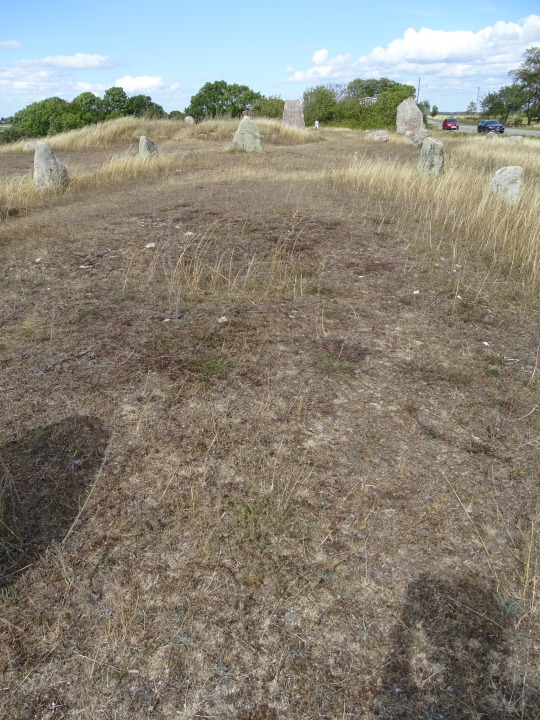






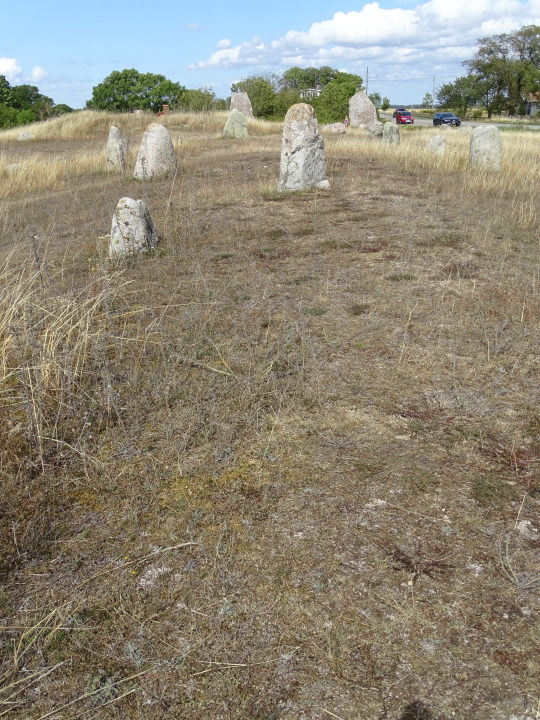
Clouds (No. 350)
Grave Field, Gettlinge
#Grave Field#Gettlinge burial ground#Kalmar County#Mörbylånga municipality#Sweden#Viking stone ship burial ground#Stora Alvaret#Öland#Scandinavia#landscape#countryside#grass#flora#meadow#original photography#travel#vacation#summer 2020#Sverige#Northern Europe#island#blue sky#clouds#tourist attraction#landmark#Route 136#tree#bush#Kalmar Strait#Baltic Sea
15 notes
·
View notes
Photo
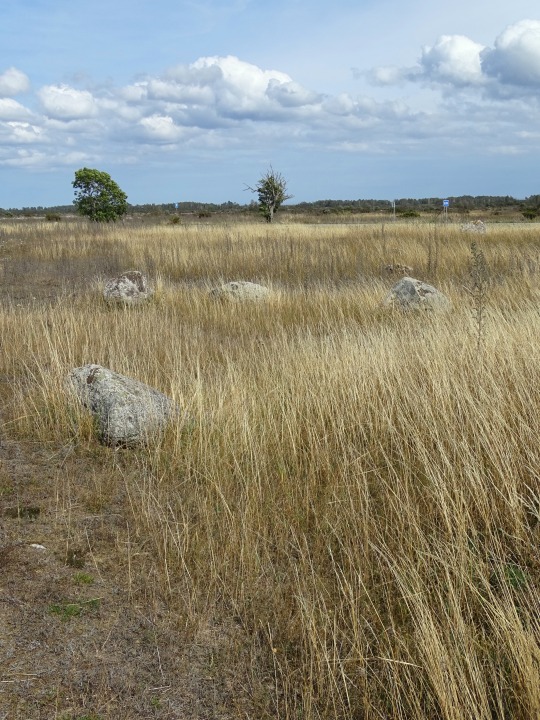






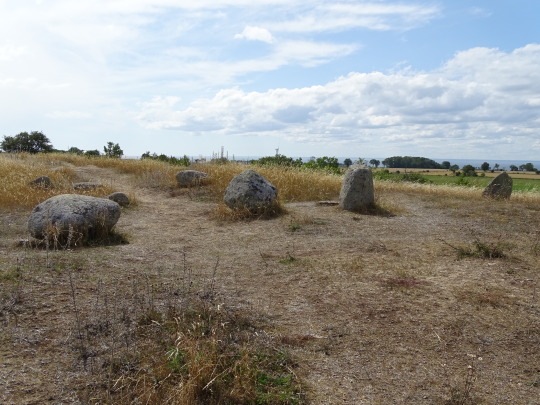
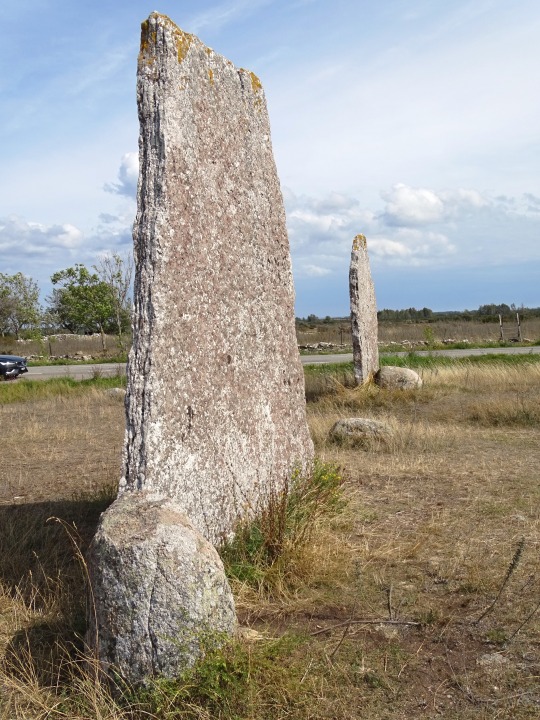

Clouds (No. 349)
Grave Field, Gettlinge
#Grave Field#Gettlinge#Gettlinge burial ground#Viking stone ship burial ground#Stora Alvaret#Kalmar County#Mörbylånga municipality#Öland#Sweden#Swedish history#original photography#travel#vacation#summer 2020#landmark#landscape#countryside#tourist attraction#Sverige#Scandinavia#island#Northern Europe#clouds#blue sky#flora#judge circle#Klinta gravfält#Kalmar Strait#Baltic Sea
9 notes
·
View notes
Photo
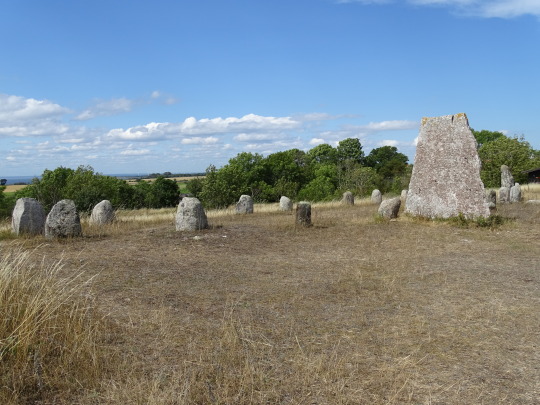

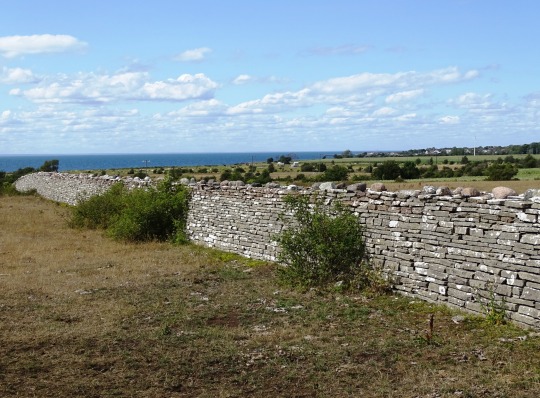



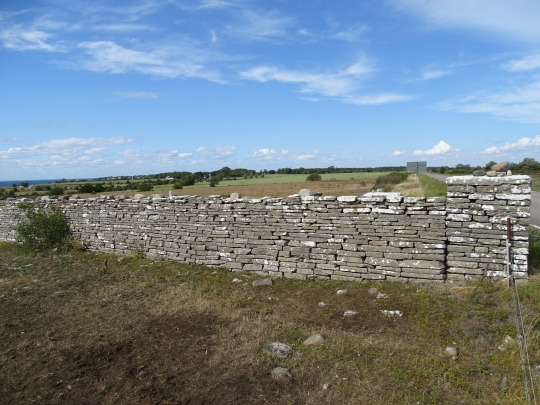



Clouds (No. 351)
Grave Field, Gettlinge
Carl X Gustav's Wall, Sweden (eight pics)
Ottenby Nature Reserve, Sweden
#Grave Field#Gettlinge#Viking stone ship burial ground#Kalmar County#Mörbylånga municipality#Swedish history#Kalmar Strait#Baltic Sea#travel#landscape#Sweden#summer 2020#original photography#Stora Alvaret#Karl X Gustafs Mur#architecture#Great Wall#Öland#island#landmark#countryside#tourist attraction#Ottenby Nature Reserve#seascape#blue sky#flora#clouds#beach#Scandinavia#Northern Europe
5 notes
·
View notes